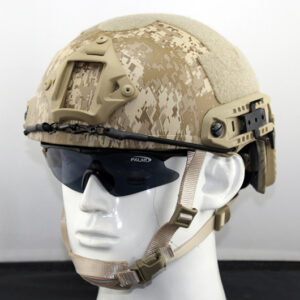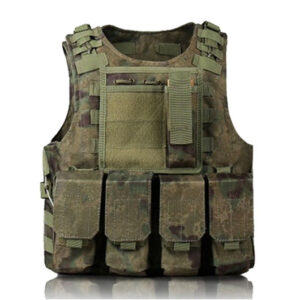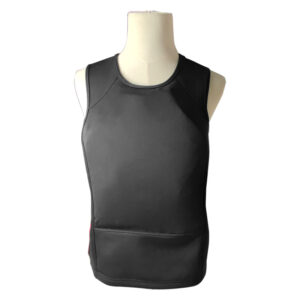Soft bulletproof vests
According to the difference of material and protective ability, bulletproof vests can be divided into soft bulletproof vests and hard bulletproof vests. Soft bulletproof vests have no bulletproof inserts, but only rely on the deformation of bulletproof fibers (high-performance polymer fiber materials, such as Kevlar fibers) to resist the impact of bullets. When a bullet hits this kind of bulletproof vests, the bulletproof fibers will be distorted, deformed or even broken under the impact of bullets, thus dispersing and absorbing most of the kinetic energy of bullets, playing a buffering role, and reducing the lethality of bullets to a minimum.
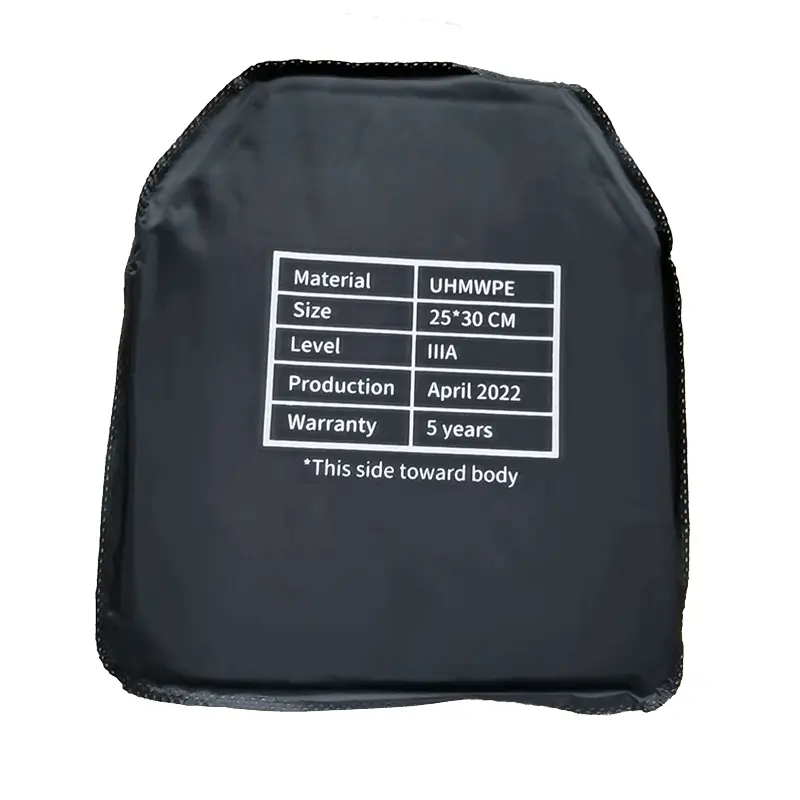
This kind of soft bulletproof vest has a very low bulletproof grade, and it can only be used to resist small pistol bullets or some fragments produced by explosion. For high-powered rifle bullets fired by rifles, this kind of soft bulletproof vest can’t play much protective role. If you want to resist the shooting of rifle bullets, you need to use hard bulletproof vests, also called plug-in bulletproof vests. This kind of bulletproof vest has bulletproof flashboards in addition to buffer liners. The materials of these bulletproof inserts can be some alloys with high strength or some composite materials, such as bulletproof ceramics. The types of bulletproof ceramics commonly used for bulletproof vests are boron carbide ceramics, silicon carbide ceramics, alumina ceramics and so on!
Hard bulletproof vests
For the metal insert plate, when impacted by the bullet, there will be shear cracking, compression deformation and other phenomena. This process consumes the kinetic energy of the bullet, while the bullet-proof ceramic has a higher kinetic energy consumption capacity than the traditional metal insert plate. When the bullet hits the bullet-proof ceramic, both the bullet and the ceramic plate will be broken, which will increase the contact area. When the bullet continues to destroy the ceramic deeply, the bullet and the broken ceramic will become a fluid (powder).
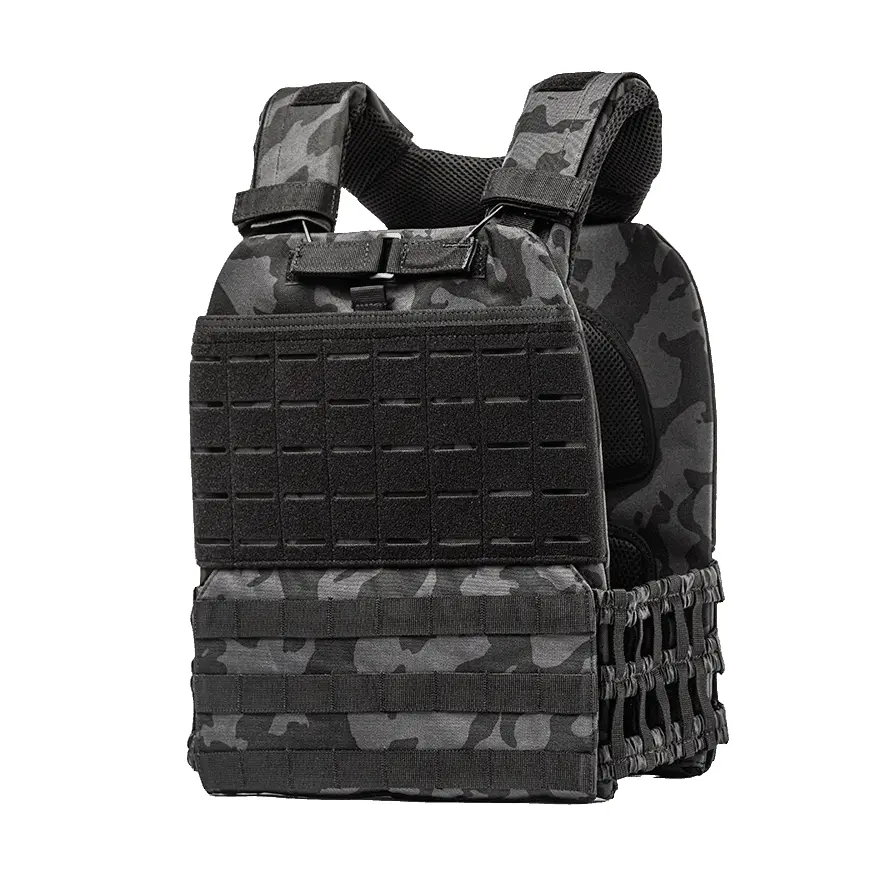
Therefore, both soft bullet-proof vests and hard bullet-proof vests reduce the lethality of bullets by offsetting the kinetic energy of bullets. The difference is only the strength of bullet-proof ability. It is nonsense to say that bullet-proof vests are not bullet-proof. As long as the grade meets the requirements, they must be bullet-proof. For example, soft bullet-proof vests (Class I, Class IIA and Class II are all soft bullet-proof vests) are basically fine when a pistol hits them, and there will be no nonsense about being injured by the earthquake. If you hit them with a rifle, It certainly can’t be prevented, and it will be directly shot to death. If it’s a hard bulletproof vest of class IIIA or above, such as the highest class IV, it can prevent the armor-piercing bullet fired by M1 Garland, but if you take .50 counter-equipment to fight it, it’s definitely similar to paper!
